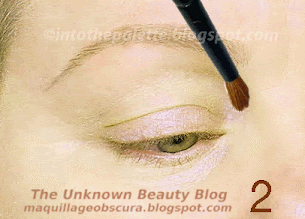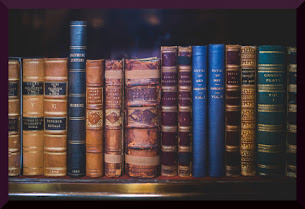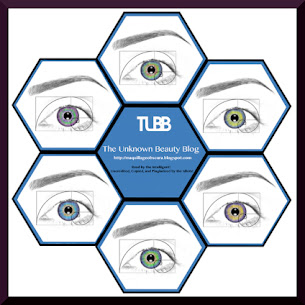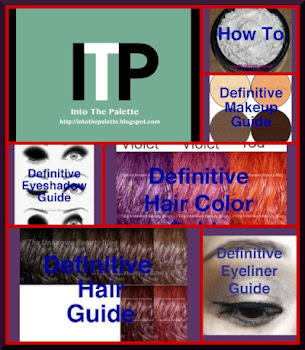When I was about 5 years old, I asked my mother how blue turned into green. She explained it all to me with a glass of water and drops of food coloring. Right before my eyes, I saw the transformation of drops of blue and yellow colors mixing into green. I was mesmerized! And, from then on, I didn’t give a [bleep] about colors! I saw, I understood, that was it. I was just a kid.
Then, in my young adult years, I met an art major and to say the least, he was good looking! I guess from my infatuation of him, grew an interest in color. The mixing of pigments to make other colors fascinated me. This is when my eyes opened to the world of color.
The Importance of the Color Wheel
The color wheel is one of your important tools when it comes to anything dealing with color in any field whether it be art or makeup. You will need it to know how colors interact with each other neutralizing colors, enhancing colors, creating colors.
As mentioned, mixing pigments can be a groaning experience, and the color wheel is very important when mixing. If you don’t know what colors will create a certain color you envision, then you might as well just create colors of mud and dirt because the majority will end up in that direction.
Direction is what the color wheel will point you towards when you mix pigments.
Looking at the color wheel, I find orange and at the opposite end lies blue which will neutralize it or make it brown. Spin the color around and the result pops in the window.
This is why peach concealer is sold, to counteract blue under the eyes.
Depending on the amount of yellow or even red, I could have chosen a blue/violet to make a brown out of a more yellow peach base or a blue/green for a much more reddish peach. Or used either one in the original peach to cool down the brown a bit more. The end result really depends on what you want.
Color theory is easy in terms of color alone, but it isn’t easy when it comes to human colors. For example, hair color deals with the colors a human carries and those pigments have to interact with a chemically derived set of colors. Makeup is the same in the sense that color is applied onto an already colored canvas and how it interacts really has to do with how the colors enhance and neutralize the skin tones.
More on that in an upcoming post.
Hope this helps some of you.
Olivia


















